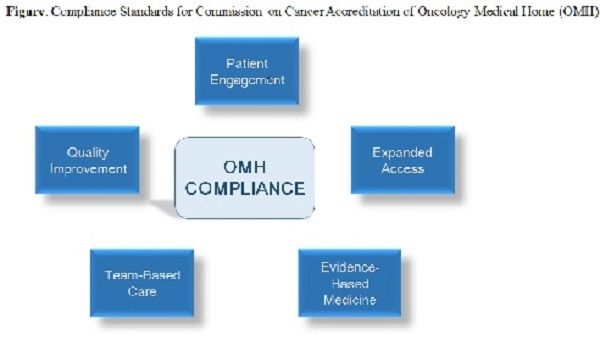Article
Challenges With Transforming Into an Oncology Medical Home
Author(s):
At the Payer Exchange Summit on Oncology Payment Reform, hosted by the Community Oncology Alliance, Daniel McKellar, MD, who chairs the Commission on Cancer, insisted on meaningful feedback from the community to ensure adequate transformation of practices into a medical home.
“We have come a long way—3 years since the concept of an Oncology Medical Home (OMH) was generated,” said Daniel McKellar, MD, who chairs the Commission on Cancer (CoC), a consortium of 56 diverse professional organizations (including clinical registry organizations and patient advocacy groups) that sets and monitors quality standards to ensure improved outcomes and quality of life for cancer patients. Speaking at the Payer Exchange Summit on Oncology Payment Reform, hosted by the Community Oncology Alliance (COA), October 27, 2015, in Tysons Corner, VA, McKellar insisted on meaningful feedback from the community to ensure adequate transformation of practices into a medical home.
McKellar then created a case for why CoC is the right body for OMH accreditation. “CoC has significant experience accrediting cancer programs. We are leaders in quality metric development and implementation and we have a significant infrastructure in place,” he said.
McKellar informed the audience that the OMH workgroup, which includes participation by COA, the National Comprehensive Cancer Network, and the COME HOME group, has developed various standards and quality measures. With 10 pilot surveys completed, a standards manual has been finalized, he said, adding, “So far, we have 10 OMHs accredited by CoC, and we have plans to open up accreditation to 20 to 30 practices in 2016.”
McKellar insisted that payers have to be a part of the conversation to ensure these standards and quality measures are meaningful to them as well. The accreditation process, he said, includes surveyor teams consisting of medical oncologists, and collecting feedback and input from participants will on the standards will be an ongoing process. “This will not only further refine the standards, but will also help develop education programs that can be disseminated within the community,” McKellar said.
In an article published in Evidence-Based Oncology earlier this year, McKellar described the various domains that CoC measures compliance with (Figure).

The process itself includes the following steps:
- Practice submits application
- Complete survey application record (SAR)
- Survey practices on-site reviewed by surveyor
- Report submitted by surveyor staff
- Performance report will be generated.
Clinics are expected to resolve any deficiencies within 12 months of receipt of the performance report and the duration of accreditation is 3 years.
We are providing education and support for the community by various means, including developing the standards manual, an OMH accreditation 101 seminar, webinars, and examples of best practices, McKellar said. “CoC is also training—but not promoting—consultants to assist practices in transforming into OMH.”
“Accreditation does matter. It demonstrates that the practice believes in raising its standards of care for patients and their commitment to quality of care. It also improves patient satisfaction,” McKellar concluded.
In a subsequent panel discussion, McKellar was joined by representatives from several practices who have received their OMH accreditation. The panelists provided feedback on their experience with the program and the challenges they had to surmount to bring about the transformation.
“We have multiple sites of service, and wanting to provide the same level of care at all of those sites was a challenge. Trying to centralize things is a challenge,” shared Charles Bane, MD, of Dayton Physicians Network, Ohio.
Pointing out the economics associated with this massive change, Brian Borbeau, of Oncology Hematology Care, Ohio, said that transformation has a price associated with it. “Transformation can prove expensive while we are adapting to it, but once we reach the other side, it’s easier,” Borbeau said.
Tammy Chambers of The Center for Cancer and Blood Disorders, acknowledged the support they received from COME HOME. “We had a grant to help us through the cost of transformation Also Aetna and UnitedHealthcare helped us participate in the shared-savings program and those savings were fed back into the practice to offset the increased costs we faced during the transformation,” Chambers said.
Insisting that the accreditation helped them tell their story, Chambers said that their practice was practicing evidence-based quality care all along. She told the audience that the transformation, although a lot of work, eventually helps strengthen the practice. “Payers will eventually recognize the value of the accreditation,” Chambers claimed.
When asked by Bo Gamble of COA, what their advice would be for other practices who would want to follow the OMH route, panelists had the following responses:
- Identify a physician surveyor
- It will help payers notice you
- The entire staff should be on board
- Every new process needs a cultural or a mindset change and needs to be reinforced with both staff and patients.




